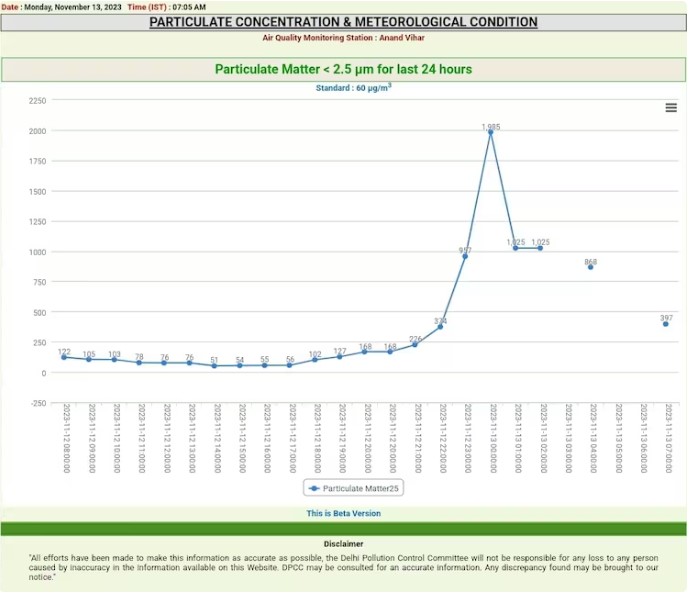Five Obstacles For Israel Should It Invade Gaza, And The Lessons From The War In Ukraine

In the event that the Israelis invade the Gaza Strip with mechanized soldiers and attack helicopters for air support, the area’s winding alleyways and lanes will become the scene of intense urban combat.
New Delhi: In response to the Hamas organization’s massive terror attack on Saturday, Israeli ground forces are prepared to invade the Gaza Strip, one of the world’s most populous areas. In the terror strike, more than 1,200 Israelis lost their lives, and in the Israeli counterattack, 1,500 Hamas fighters perished. Israeli airstrikes destroyed multiple big buildings in the Gaza Strip, leaving at least 1,300 civilians dead.
The political leaders of Israel have not yet made a choice, despite the Israeli army declaring today that it is prepared to launch a land invasion on Hamas in the Gaza Strip.
Army spokesperson Richard Hecht told reporters, “We are waiting to see what our political leadership decides about a potential ground incursion,” according to AFP.
A fierce sort of urban warfare will break out on the narrow streets and lanes of the seaside area, where the population is a whopping 5,500 people per square kilometer (sqkm) compared to Israel’s 400 people per sqkm, if the Israelis roll into the Gaza Strip with a mechanized infantry force and air support from attack helicopters.
Israeli ground soldiers face tactical difficulties in the Gaza Strip
- The Gaza Strip has a high population, hence there is not enough room for buildings. The roads are not wide. Tanks, infantry fighting vehicles, and armored personnel carriers would find it even more difficult to maneuver through the Gaza Strip because of the road debris left by destroyed structures.
- Israeli forces will face serious dangers while dealing with booby traps in confined areas since they must enter, check, neutralize, and evacuate each Hamas organization building individually. Inside the tangle of tall buildings with small, dark windows that make up the Gaza Strip, sniper assaults can come from any direction.
- The conflicts in Syria and Ukraine have demonstrated that tiny units utilizing anti-tank guided missiles and rocket propelled grenades (RPGs) may seriously damage a larger mechanized infantry force.
- It will be dangerous to drop troops using helicopters since Hamas might deploy man-portable air defense systems (MANPADS). In the event that the troop-transport helicopters fly too low, even unguided RPGs get lethal. Known as “Black Hawk Down” in the media, the 1993 Battle of Mogadishu saw two US helicopters shot down while they were flying low and fast over the heavily populated Somalian capital.
- Reducing collateral damage and civilian losses in the event that Israeli troops launch an all-out assault into the Gaza Strip will be extremely difficult.
Concerns have increased for the 2.4 million people living in Gaza, who are currently experiencing the fifth war in 15 years in the long-blockaded region. Israel has also cut off supplies of food, water, and electricity. Israel Katz, the minister of energy in Israel, pledged that the siege of Gaza would not end until about 150 Israeli detainees were released.
Humanitarian aid heading into Gaza? He issued a statement saying, “Until the Israeli abductees are brought home, no fuel truck will pull in, no water tap will be opened, and no electric switch will be turned on.”







